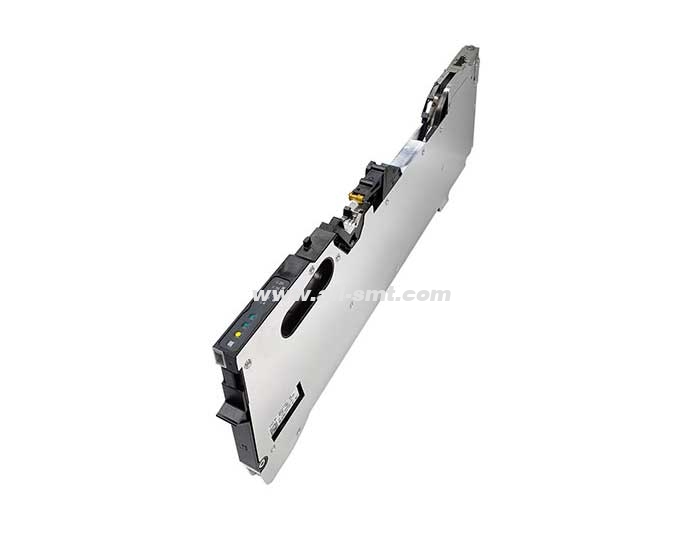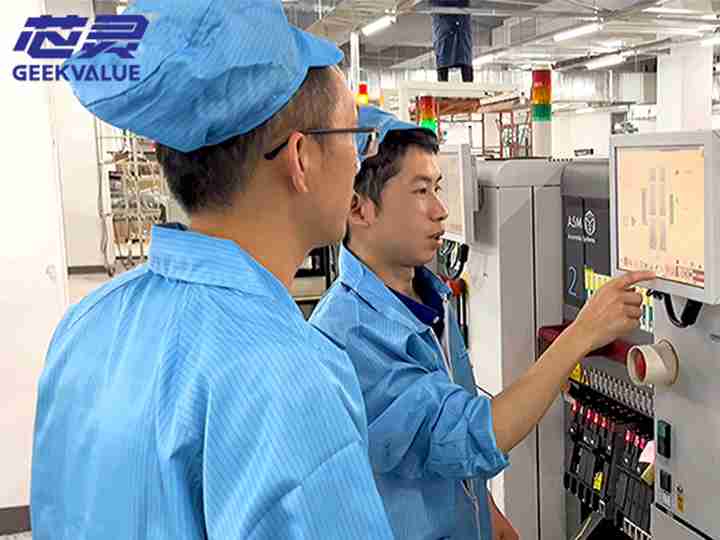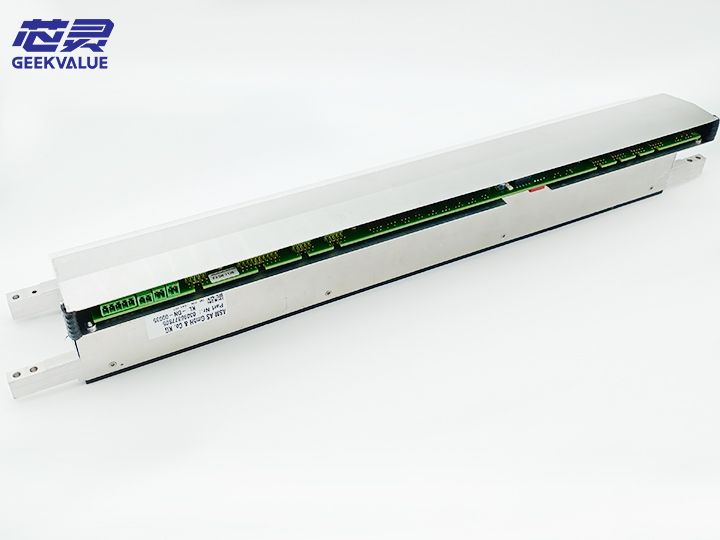The vacuum pump is an important component in the placement machine, which is used to create a vacuum environment during the placement process. When the
vacuum pump is activated, it draws air through the mechanical structure and the difference in gas pressure. Vacuum pumps usually work on the principle of centrifugal
pumps or diffusion pumps. Centrifugal pumps use high-speed rotating impellers to suck in gas and push the gas to the outlet of the pump by centrifugal force. Diffusion
pumps achieve vacuum pumping through the diffusion and condensation of gas molecules. Whether it is a centrifugal pump or a diffusion pump, it is necessary to ensure
the airtightness of the vacuum pump through seals and pipelines to achieve effective vacuum pumping. The working efficiency and stability of the vacuum pump are crucial
to the normal operation of the placement machine. Therefore, it is very important to find and solve the failure of the vacuum pump in time. This article will share some common
faults and solutions of Siemens chip mounter vacuum pumps, hoping to be helpful to everyone.
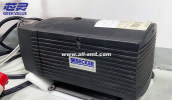
The following are the common failure analysis and solutions of the vacuum pump of Siemens chip mounter
One of the common faults: the pumping speed drops
When the suction speed of the vacuum pump drops, it may cause the placement machine to fail to work properly. At this point, we can take the following solutions:
1. Clean the pump body: Regularly clean the impurities and dirt in the pump body to ensure the normal operation of the pump.
2. Replace the impeller: If the impeller is severely worn, it will affect the pumping effect of the pump. Timely replacement of the impeller can restore the pumping speed.
3. Replace the oil: The quality of the oil will also affect the pumping effect of the pump. Regular oil changes are recommended to ensure good performance.
Common failure two: too much noise
If the vacuum pump of the placement machine is too noisy, it may bring discomfort to the working environment. The solution is as follows:
1. Check parts for wear: Check whether the key parts inside the pump body are worn or loose, and repair or replace if necessary.
2. Adjust the position of the pump: Sometimes the excessive noise may be caused by the unreasonable installation position of the pump. Try to reinstall the pump on a
solid foundation to avoid contact or friction with other equipment to reduce noise.
Common failure three: temperature rise
During the working process of the vacuum pump, a certain amount of heat will be generated, but if the temperature rises too fast or too high, it may cause adverse effects
on the equipment and the working environment. The solution is as follows:
1. Check the cooling system: Make sure the cooling system is working normally, the cooling water flow is smooth, and the cooling effect is good.
2. Clean the radiator: Regularly clean the dust and dirt on the surface of the radiator to keep the heat dissipation effect good.
3. Check the power supply voltage: Make sure the power supply voltage is stable, too high or too low voltage may cause the temperature of the pump to rise. Make a voltage
adjustment or replace the voltage regulator if necessary.
The fourth common failure: the pump body leaks:
When the vacuum pump leaks, it will affect the vacuum degree and pumping effect. Here are some suggested solutions:
1. Check the seals: Check whether the seals of the pump body and connecting parts are intact, and replace them in time if they are damaged or aged.
2. Check the pipeline connection: Make sure the pipeline connection is tight and there is no looseness or air leakage. If necessary, retighten or replace the gasket to
ensure that there are no air leaks at the connection.
3. Check the surface of the pump body and piping: If there are obvious wear, scratches or corrosion on the surface of the pump body or piping, it may cause air leakage
from the pump body. Damaged parts can be attempted to be repaired or replaced.
4. Check the connecting thread of the pump body: make sure that the connecting thread of the pump body is not loose or damaged, and it needs to be tightened or
replaced in time.
5. Use sealant or gasket: For some minor leakage problems, you can try to use sealant or gasket for temporary repair, but it is recommended to replace damaged parts
in time to ensure long-term reliable pump body sealing performance.
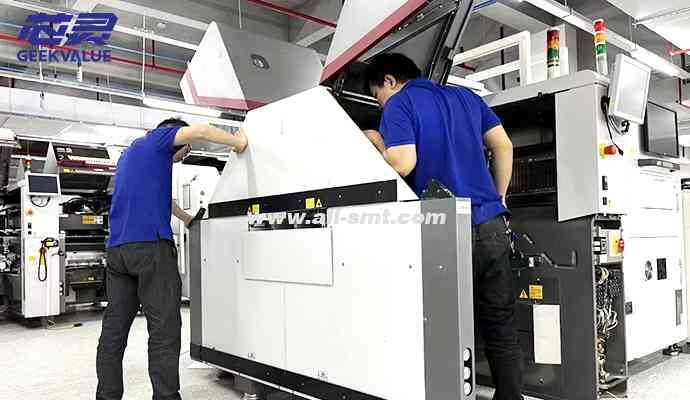
If the above methods still cannot solve the fault or problem of the pump, it is recommended to contact professional maintenance personnel or the manufacturer for inspection and
maintenance. They will provide more accurate solutions according to the specific situation and ensure the normal operation of the vacuum pump.


